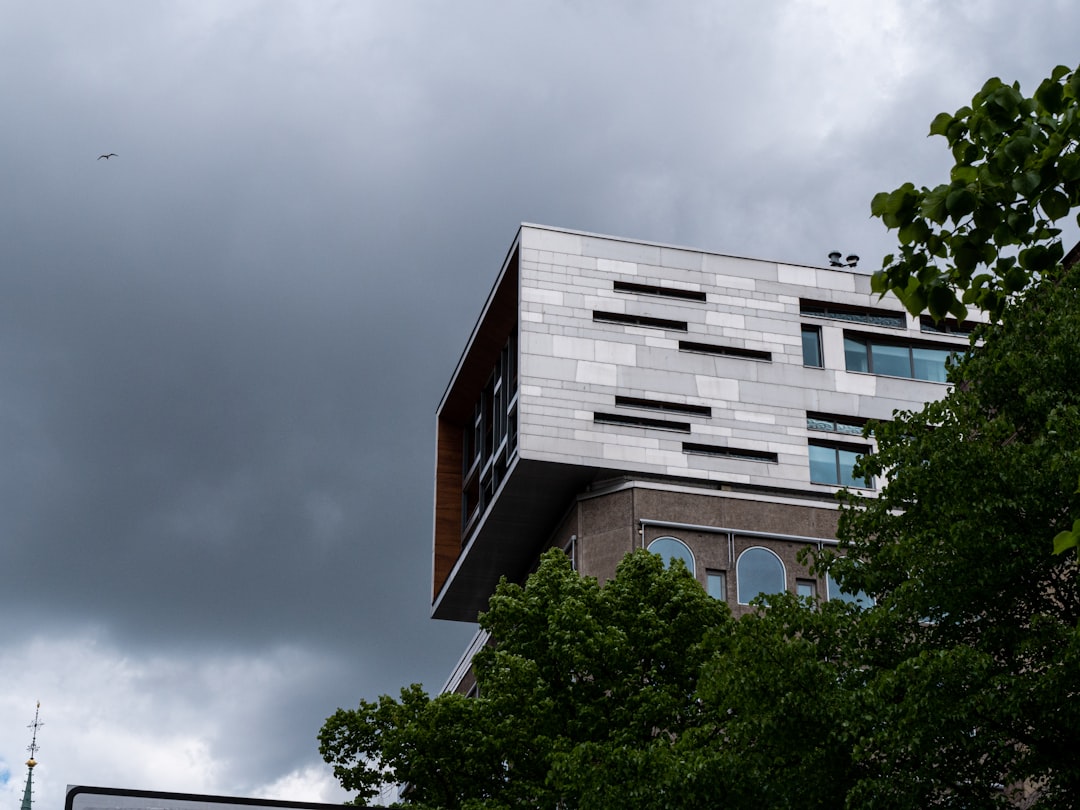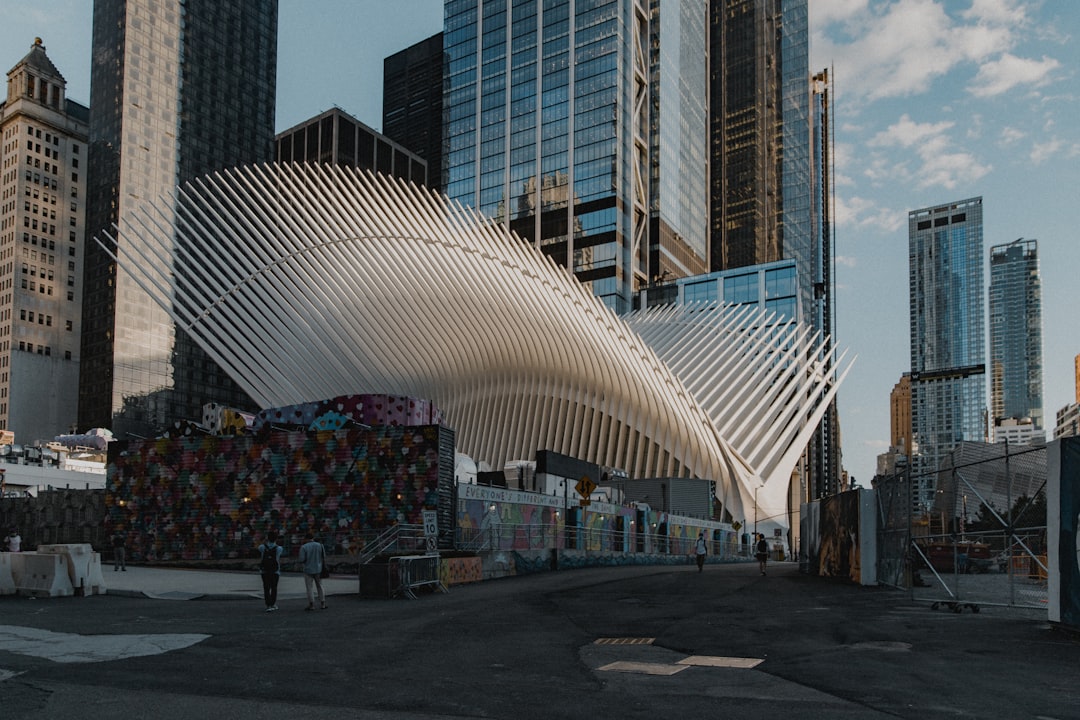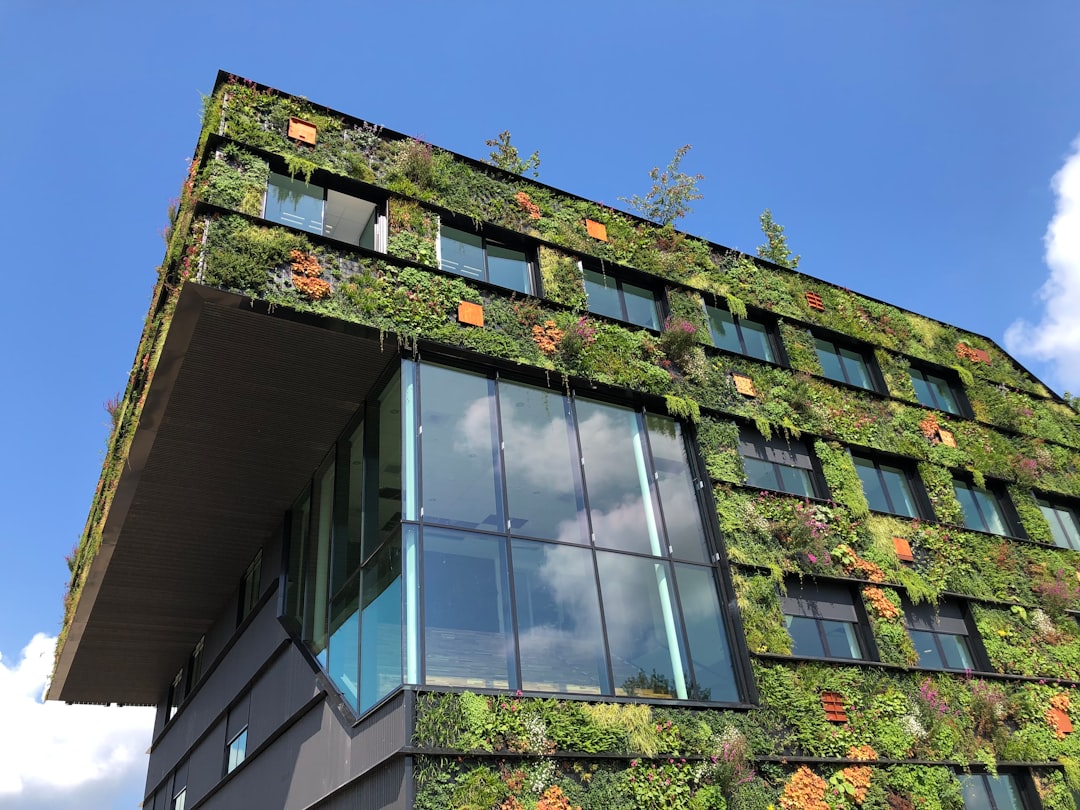Canada’s Architectural Marvels: Discover Stunning Designs
When you think of Canada, images of natural wonders and vibrant cultural scenes immediately come to mind. However, an equally captivating aspect of the country is its architecture. From historic buildings that tell tales of the past to modern structures that push the boundaries of design, Canada boasts an incredible array of architectural marvels that truly embody its diverse culture and history.
As we explore Canada’s architectural landscape, prepare to be amazed by stunning designs and inspiring narratives that shape the urban tapestry of this vast country.
1. Historic Architectural Heritage in Canada
The roots of Canadian architecture can be traced back to the Indigenous communities and European settlers, whose influences can still be seen today. Notable examples include:
- Quebec City: As one of the oldest cities in North America, Quebec City showcases stunning examples of colonial architecture. The iconic Château Frontenac, a symbol of luxury and elegance, is the most photographed hotel in the world. The historical significance of this city is evident in its cobblestone streets, which transport you back in time, and its stunning fortifications, which stand as a testament to its rich military history.
- Nova Scotia: The historic town of Lunenburg, a UNESCO World Heritage Site, features vividly colored wooden buildings that reflect the town’s shipbuilding heritage. Visitors strolling through its streets can admire the charming architecture that tells the story of the town’s maritime past and its thriving fishing industry.
- St. John’s: The colorful row houses of Jellybean Row, characterized by their bright hues and unique architectural styles, offer a snapshot into the cultural richness of this coastal city. These houses not only add vibrancy to the city’s landscape but also reflect the artistic spirit of its residents.
2. Modern Architectural Innovations
Alongside its historical gems, Canada is renowned for pioneering modern architecture. Many visionary architects have crafted innovative buildings that symbolize sustainability and creativity. Highlights include:
- The AGO (Art Gallery of Ontario): Located in Toronto, the museum’s design by Frank Gehry features a flowing façade made of glass and wood, creating a harmonious blend with the cityscape. The interior spaces are just as remarkable, housing an extensive collection of Canadian art.
- Vancouver’s Vancouver House: This skyscraper is an architectural masterpiece that stands out with its twisting structure, maximizing views of the surrounding area while promoting environmental sustainability. It’s not only a place to live and work but also a symbol of Vancouver’s commitment to eco-friendly practices.
- Calgary’s Telus Sky: A blend of office and residential space, Telus Sky’s unique design mimics the appearance of a mountain peak, emphasizing Calgary’s connection to nature. Its innovative approach to urban living is a model of space efficiency and environmental consciousness.
These modern structures not only enhance the beauty of their surroundings but also advocate for eco-friendly practices, setting a benchmark for future designs.
3. Unique Cultural Representations
The architecture in Canada also embodies the rich cultural tapestry of its population, incorporating elements from various ethnic backgrounds. Some remarkable examples are:
- The Canadian Museum of History: Situated in Gatineau, this museum is recognized for its unique architecture that reflects Indigenous influences. The building features sweeping curves and materials that speak to the connection between people and nature, drawing visitors into the story of Canada’s heritage.
- Toronto’s CN Tower: A quintessential symbol of Canadian architecture, the CN Tower not only provides breathtaking views of the city but also incorporates cutting-edge engineering. Standing at a height of over 553 meters, its modern design and advanced technology represent the ingenuity of Canadian architecture.
- Montreal’s Habitat 67: Originally constructed for the World Expo in 1967, this architectural experiment designed by Moshe Safdie continues to inspire with its innovative use of modular units. Its design promotes community living and environmental sustainability, influencing housing policies worldwide.
4. Celebrating Architecture Through Festivals
Canada’s connection to architecture is further celebrated through various festivals that highlight its architectural gems:
- Doors Open: Held in numerous Canadian cities, this event allows visitors to explore significant buildings often closed to the public – an excellent opportunity to understand the architecture and history of local areas. It’s a chance to meet architects and learn about the design process behind these remarkable structures.
- Architecture and Design Film Festival: This festival showcases films that celebrate architecture and design, connecting audiences with the stories behind some of Canada’s most iconic structures. The discussions that follow often inspire a deeper understanding of the societal impact of architecture.
Such events foster appreciation for Canada’s architectural heritage while encouraging dialogue about future developments.
5. The Future of Architecture in Canada
As we look to the future, Canadian architecture continues to evolve with cutting-edge technologies and a focus on sustainability. Initiatives to incorporate green building practices into new developments foster an architectural landscape that respects nature while embracing modernity. Architects are at the forefront of conceptualizing spaces that harmonize with the environment, effectively reducing carbon footprints.
Architects across Canada are challenged to think outside the box, with projects that highlight innovation and resilience. This evolution opens doors to buildings that not only serve their function but also engage communities and enrich social interactions. The collaboration between urban planners and communities ensures that architectural developments reflect the needs and desires of the people they serve.
By embracing a diverse architectural narrative, Canada is constantly redefining its landscape, showcasing a harmony between the past, present, and future.
If you wish to witness the magnificence of these architectural marvels up close, consider booking a guided tour through the land’s rich designs. Websites like Viator, GetYourGuide, and G-Adventures offer fantastic resources to help you plan your journey through Canada’s architectural wonders.
It is time to explore, learn and appreciate the intricate details that make Canada’s architecture so unique. Every brick tells a story, and every design reflects the diverse culture that makes Canada an extraordinary travel destination.
Moreover, countless buildings around the country highlight the dedication to the preservation of history while adapting to modern needs. In cities from Halifax to Vancouver, architects are continuously pushing the envelope. They emphasize not just aesthetics but also functionality, ensuring that every space serves its purpose in the most efficient manner possible.
Take a stroll through the streets of Victoria, British Columbia, where the blend of heritage buildings and contemporary designs create an enchanting environment. The city is known for its gardens and historical sites and represents a seamless fusion of architecture that tells the stories of those who walked these streets before us.
The transformation of former industrial spaces into modern lofts and vibrant commercial hubs in cities like Toronto is also worth mentioning. This trend not only preserves the architectural integrity of historic buildings but also breathes new life into the communities surrounding them. Adaptation and reuse of existing structures showcase the commitment to sustainable development and urban regeneration.
In the prairies, modern agricultural buildings highlight the country’s agricultural prowess while incorporating sustainable practices and cutting-edge technology. As these buildings evolve, they increasingly reflect the needs of the farming community and mitigate environmental impacts.
With advancements in technology, smart buildings are becoming more prevalent in urban centers. Automated systems enhance the safety and reliability of these architectural feats. Features such as energy-efficient lighting, integrated climate control, and smart security systems make these modern marvels not only functional but also responsible in energy consumption.
The integration of art into architectural spaces is also noteworthy. Public art installations are becoming commonplace in new developments, allowing cities to define their identity through distinctive designs. This interplay between functionality and artistic expression enriches the urban landscape, making architecture a central piece of communal life.
Further, cultural centers and community hubs are being designed to foster social interaction and inclusivity. With more emphasis on communal spaces, these buildings serve as gathering places that enhance the fabric of society. They reflect the diverse needs of the communities they inhabit, making them an essential aspect of urban planning.
As Canada continues to grow and evolve, there remains a tremendous opportunity to engage with architects, planners, and communities in shaping a sustainable and innovative future. The architectural endeavors of the coming decades will undoubtedly continue to pay homage to the country’s rich heritage while boldly stepping into new territories of design and functionality.






